Naples: a travel guide for music fans
Visiting destinations related to classical music and opera art. Get to know exciting ideas and background information: Naples – all the great composers were there.
0
GOOGLE MAPS - OVERVIEW OF DESTINATIONS
Here you can find the locations of all described destinations on Google Maps.
0
1
LIVE
All the greats were in Naples. Rossini, Donizetti, Wagner, Mozart, Caruso and Bellini have their personal story of Naples.
1
2
CONCERT HALLS AND OPERA HOUSES
Visit to the San Carlo Opera House.
2
3
CHURCHES
Where Caruso received a royal burial.
3
4
MUSEUMS
Mozart’s visit to Pompeii and the garden where Wagner found his inspiration for Parsifal.
4
5
MONUMENTS
The Bellini monument in the middle of the city.
5
6
RESTAURANTS AND HOTELS
The hotel of the famous artists in Sorrento.
6
7
WORKS WITH A RELATION TO NAPLES
Four famous pieces related to Naples by Wagner, Donizetti, Mozart and a famous canzone sung by Enrico Caruso.
7
LIFE AND WORK OF ARTISTS IN NAPLES
Wolfgang Amadeus Mozart:
In 1769 Mozart set off on his Italian travels, which took him to Italy three times, with interruptions, until 1772. Mozart’s father wanted him to come into contact with the musical personalities of Naples, such as Alessandro Scarlatti or Giovanni Paisiello, and so they visited them in Naples from May to June 1770.
Mozart visited also the San Carlo Opera House and was also offered a commission for a composition, but he declined. Besides music, Mozart also visited the Herculaneum and Pompeii, where he found inspiration for his later “Magic flute” (see below).
TO THE COMPLETE MOZART BIOGRAPHY
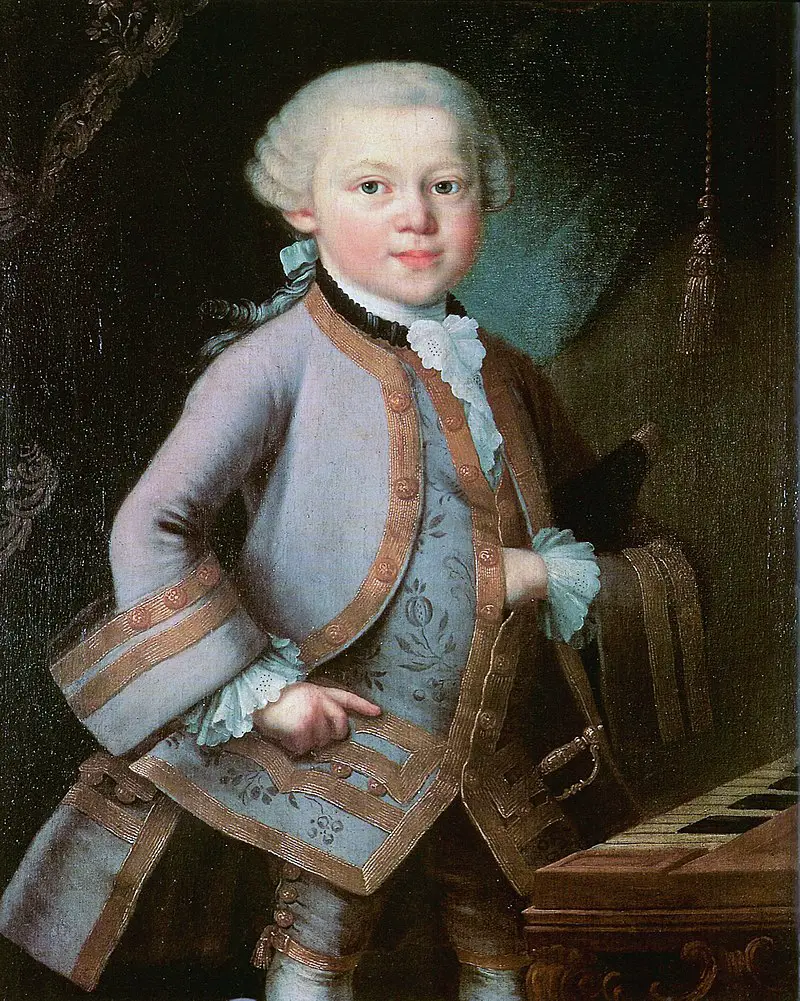
Gioachino Rossini:
At the age of 21 Rossini had established a formidable reputation in northern Italy with “Tancredi” and “Italiana in Algeri”.
The legendary impresario Barbaja, the impresario of the Naples Opera House San Carlo and the Teatro Fondo, offered him the theater management of perhaps the most prestigious theater in Italy. For Rossini it was the opportunity to write regular works for a star ensemble whose superstar was the “Primadonna Assoluta” Isabel Colbran, at the same time Barbaja’s mistress. Rossini accepted and subsequently wrote 9 operas for Naples and took Colbran as his mistress, Barbaja does not seem to have minded.
Rossini stayed in Naples for seven years, working like a madman, writing for other theaters besides (for example the “Barbiere di Siviglia” for Rome), and leading the Teatro San Carlo to its first golden years of the 19th century.
In 1822 he left Naples and married Isabelle Colbran in Bologna.
TO THE FULL ROSSINI BIOGRAPHY
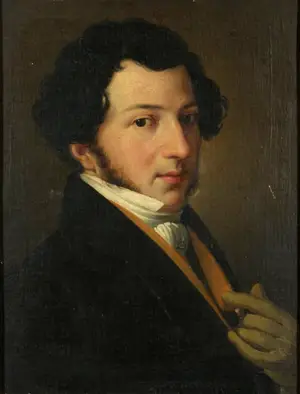
Enrico Caruso:
Caruso was born in Naples in 1873 into a poor family with many children. He sang in churches at an early age, and a singing teacher offered to train him in exchange for royalties on later earnings (which became a famous court case). He got his first engagements in Naples, but his breakthrough came in northern Italy (including Livorno, where he had 2 children with his first wife). A return to Naples, already a celebrated singer, led to disappointment because of criticisms of a performance. Caruso vowed never to sing in Naples again, which he kept. In addition to opera, Caruso always sang Neapolitan songs, including “Torna a Surriento” and “Core N’grato,” but never in Naples. He spent the golden main part of his career mainly in New York, but returned regularly to Naples, for the last time in 1921.
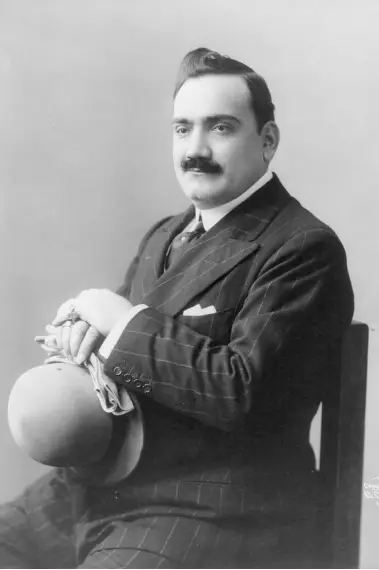
Vincenzo Bellini:
Bellini spent eight years in Naples, where the Sicilian studied at the conservatory. Naples flourished at that time as a musical center of Italy with the renowned conservatories and the dazzling impresario Barbaja, who appointed first Rossini, then Donizetti as artistic director of the two Neapolitan theaters San Carlo and Fondo, which he financed with gambling.
Besides his studies, from today’s point of view three events connect Bellini with Naples. The first is his friendship with Francesco Florimo, a fellow student and later archivist of the Conservatory, to whom Bellini wrote letters throughout his life, thanks to which we know much about Bellini’s thought processes. Secondly, in 1826 he successfully premiered his first serious opera “Bianca e Fernando” with the dream cast of Lablache and Rubini at the San Carlo, which earned him an engagement in Milan (whose impresario was Barbaja in personal union).
The third story refers to Bellini’s relationship to Maddalena Fumaroli. This story of love for a piano student could have come from one of his operas (the veracity of which is disputed, however): as a student, he taught a piano student named Maddalena Fumaroli and the two fell head over heels in love. Her parents caught wind of this and forbade further meetings with the mouse-poor student. Sighing, Bellini told Maddalena that he would come back and ask her to marry him when he had created ten operas. Soon he was allowed to write his first opera for the Conservatory Theater (“Adelson e Salvini”) and for San Carlo and his fame increased. Eight years and seven operas later, after the triumph of “Sonnambula”, he received a letter from Maddalena that her father had consented to the marriage. Bellini never returned to Maddalena.
Bellini eventually left Naples and shifted his center of life to Milan and later Paris, occasionally returning to Naples for performances. Naples honored Bellini with a beautiful square, which was renamed after him with a monument to the composer.
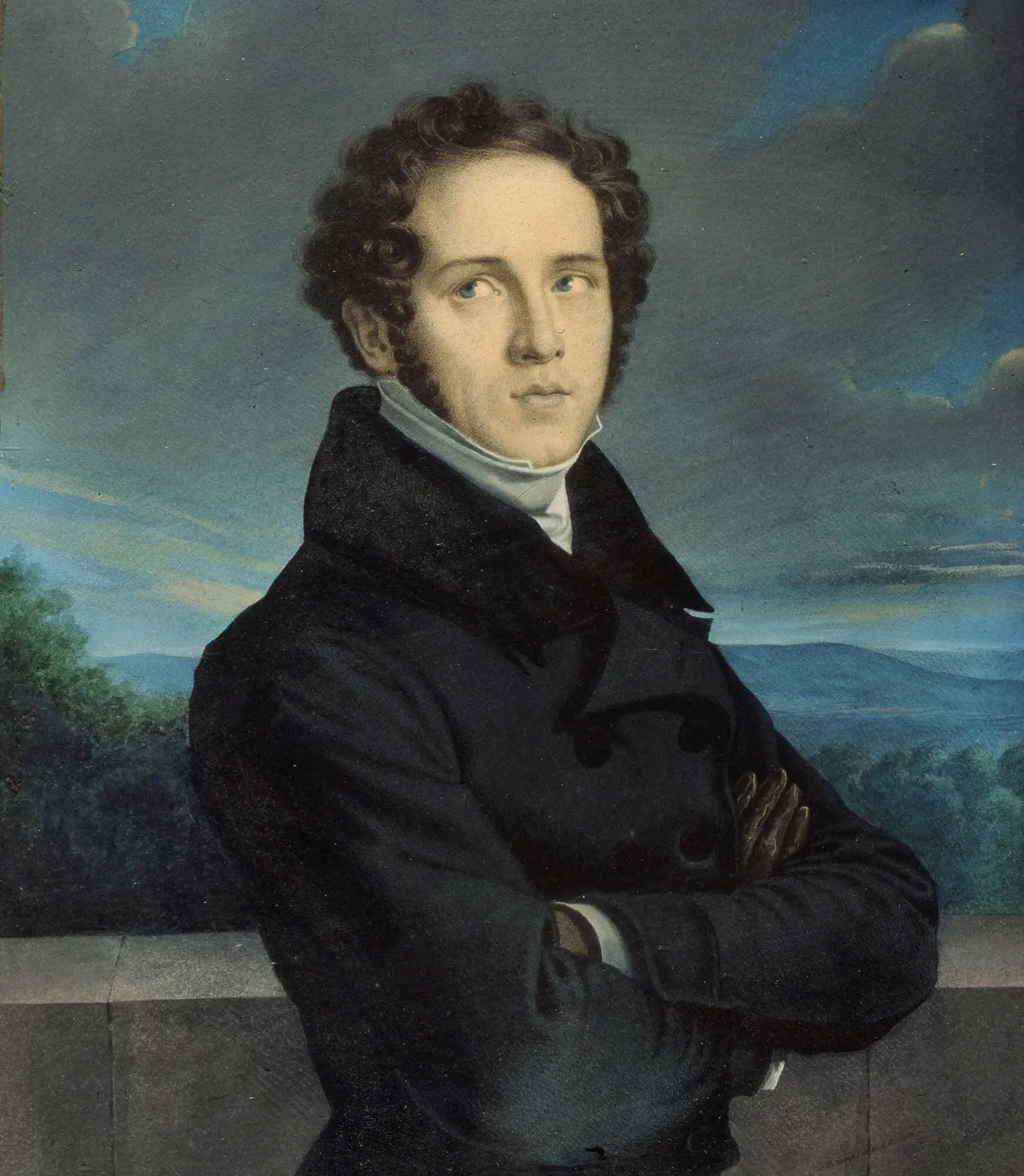
Gaetano Donizetti:
Donizetti spent most of his artistically productive time in Naples. It was the famous impresario Barbaja who brought him to Vesuvius. After his first success in a smaller theater in Naples, he installed him as Rossini’s successor at the famous San Carlo. There, over the next 15 years, Donizetti produced 25 operas for premiere at local theaters. Like Rossini, he also produced for other theaters, and he toured Italy tirelessly, sometimes to escape Naples’ notorious cholera epidemics.
From 1830 Donizetti rose to become the leading opera composer in Italy and all of Europe. Bellini died in 1835, Rossini fell silent in 1829 and Verdi’s first successful opera was not born until 1843. The first work to achieve international fame was Anna Bolena, followed by his Elisir d’amore and his best known opera, Lucia di Lammermoor, among others.
In these years, the tenor is transformed into the heroic role. Gilbert Duprez established the “do in petto,” the high C from the chest, in Rossini’s William Tell. With the role of Edgardo in Lucia and Poliuto (in the opera of the same name), Donizetti pushes the role further, culminating in the drama of the death of the famous tenor Adolphe Nourrit in Naples (see below).
1828 he had married the eighteen-year-old Roman Virginia Vaselli. Three of their children were born deformed and died shortly after birth. This was probably due to Donizetti’s lues infection. When she died of cholera in 1837, and his parents shortly thereafter, Donizetti had reached the lowest point of his life and tried to bury his pain in his work. It is all the more remarkable that he wrote his great comedy “Don Pasquale” in the midst of these disasters.
In 1839 he left Naples for good, incensed that he had not been given the post of director of the conservatory and that his opera “Poliuto” had been rejected by the Neapolitan censors. His campaign of conquest of the French capital had already begun 4 years earlier.
TO THE FULL DONIZETTI BIOGRAPHY
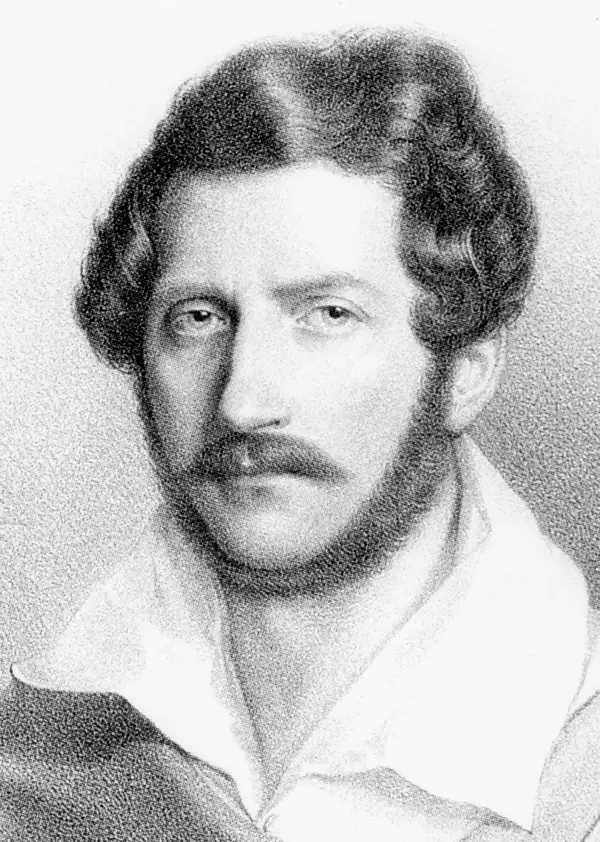
Giuseppe Verdi:
Verdi had a kind of love-hate relationship with Naples. Love connected him with the Neapolitan way of life and the local friends like the librettist Cammarano and the confidant Sanctis. Contempt associated Verdi with the representatives of the kingdom, who made his life difficult with their policies and the censorship of his operas. Paradoxically, Verdi, a republican, wrote a hymn for the Neapolitan Bourbon king as late as 1848; no one knows what devil was driving him, perhaps simply Mammon.
Verdi was at times at war with the theater management of the Teatro San Carlo, which had a difficult relationship with his librettist and friend Cammarano in particular. The theater’s regulations were eons long as to how an opera had to look. Thus, Luisa Miller became Verdi’s last first performance opera for Naples, he had to move the “Ballo in maschera” to Rome for censorship reasons, and later he shifted his attention to Paris and Milan. However, the public remained loyal to the northern Italian and the Aida productions of 1873 and later Otello became great triumphs.
Later he came to Naples several times in winter to spare Giuseppina the winters of Busseto. When Verdi began an affair with the soprano Teresa Stolz, it led to a deep marital crisis. Eventually Giuseppina accepted the situation and the three even spent a vacation together in Naples.
LINK TO THE COMPLETE VERDI BIOGRAPHY
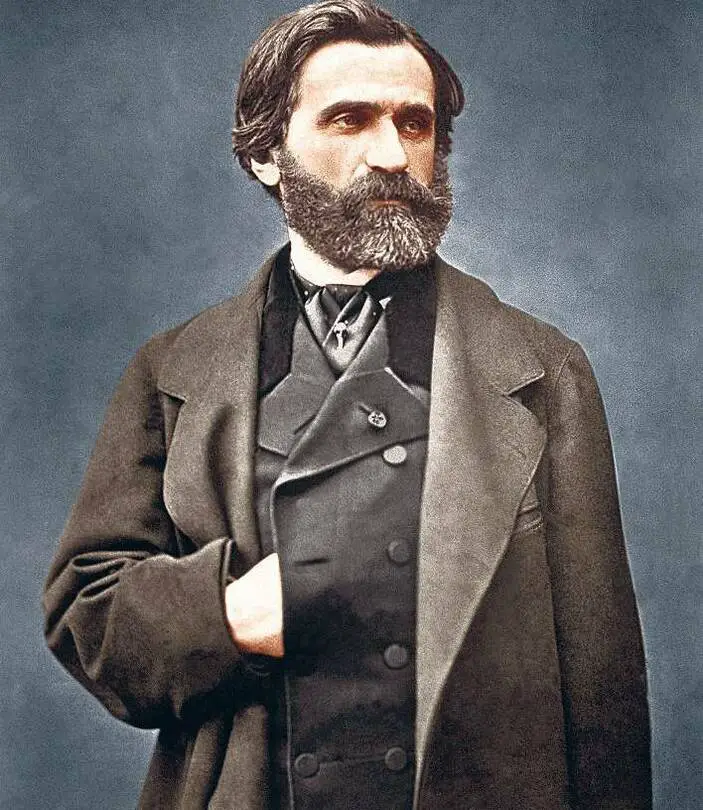
Richard Wagner:
The winters in Bayreuth were very cold and foggy and Wagner escaped them by regularly traveling to the south. He had a love-hate relationship with Naples, a love of the joy of life of the people but a hatred of the unbridled noise of the big city. The visit to Ravello on the Amalfi Coast in the garden of Palazzo Rufolo inspired him to create Klingsor’s garden (“I have found the magic garden of Klingsor!”) for his “Parsifal“.
LINK TO THE COMPLETE WAGNER BIOGRAPHY
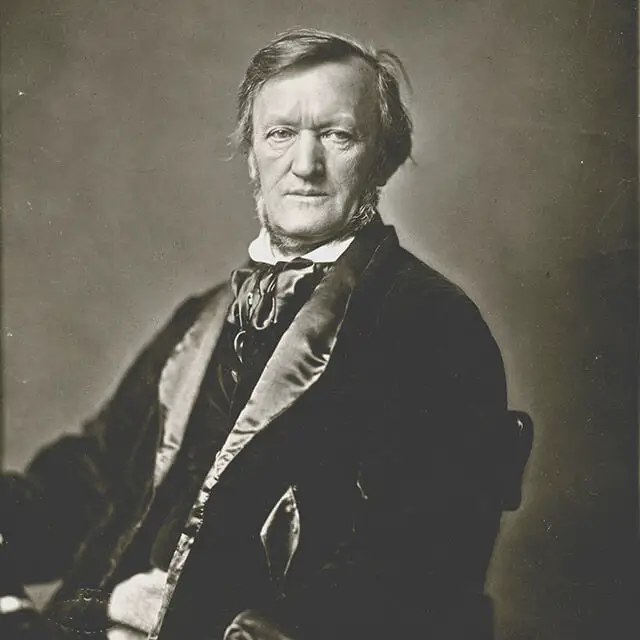
TEATRO SAN CARLO
Gioachino Rossini in San Carlo:
After the Napoleanic wars, the bloody Restoration fights brought the Bourbons to power in Naples. The opera enthusiast Ferdinand II lifted the ban on gambling and the clever impresario Barbaja seized the opportunity to make the Teatro San Carlo the largest gambling house in Naples.
He brought Rossini from Venice and made him the main composer and artistic director of the Teatro San Carlo and the smaller Teatro Fondo (is today a spoken theater under the name “Mercadante”).
While Rossini and the stars with their horrendous fees ensured full houses and attracted many rich visitors, Barbaja earned a golden nose with the guests at the gambling tables, especially the roulette, newly imported from Paris, thrilled tout Naples. Thus one must imagine the Teatro San Carlo of the year 1815 as a gambling den and restaurant with an attached theater with 2,000 seats. For the public, the opera was not a temple of musical devotion, but a busy, social place.
In 1816, a year after Rossini’s arrival, the San Carlo burned down and the brilliant Barbaja managed to rebuild the theater in its finest splendor within 12 months. Visit the beautiful San Carlo in an opera performance or in one of the regular guided tours, it is still worth it.
Teatro San Carlo:
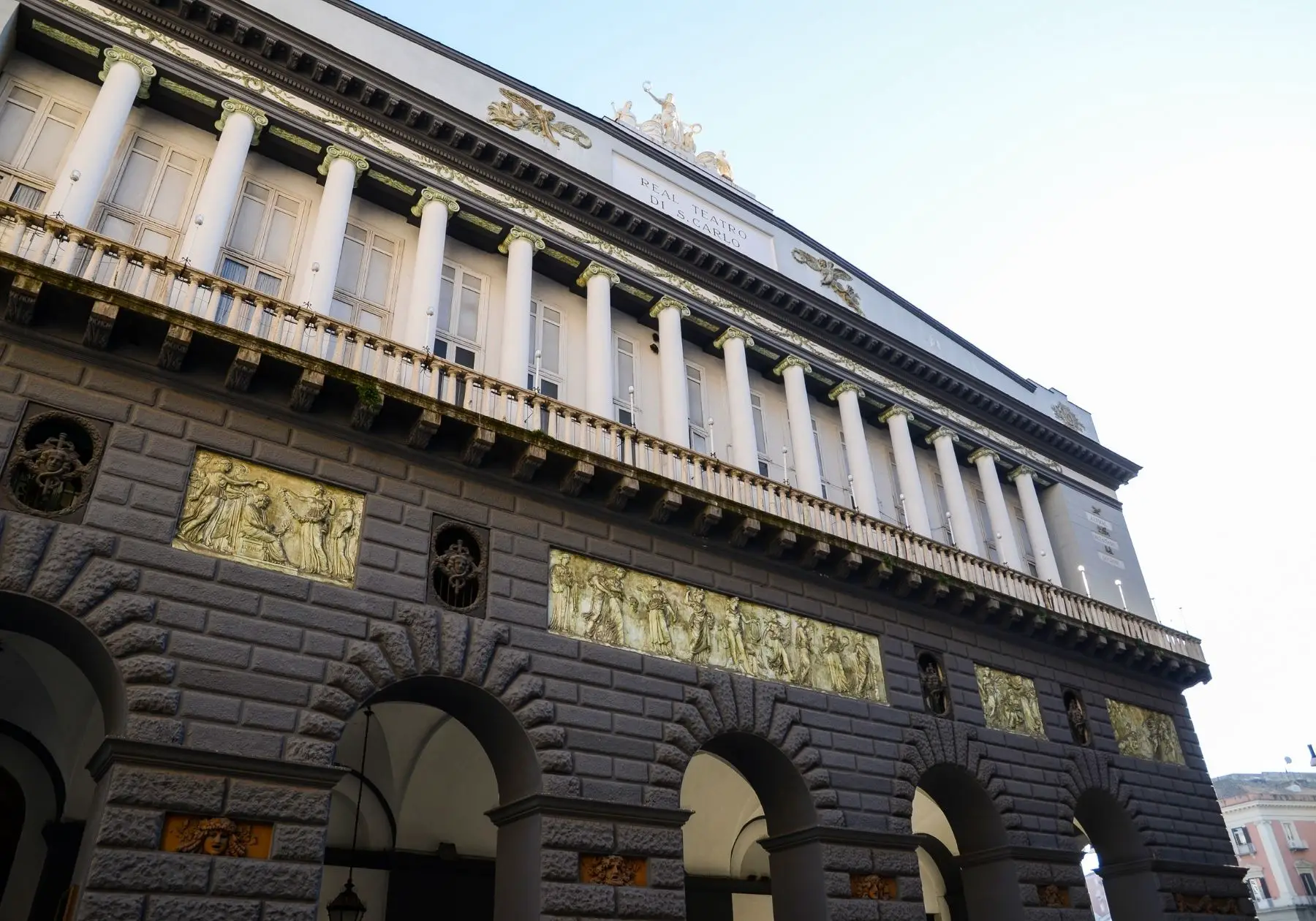
View into the auditorium with the royal box:
When traveling to Naples, it is worth visiting the Teatro San Carlo, it is one of the most beautiful theaters in Italy, if not the world, especially the royal box is impressive. You can join a guided visit and sit in the royal box and feel like a king for a short moment.
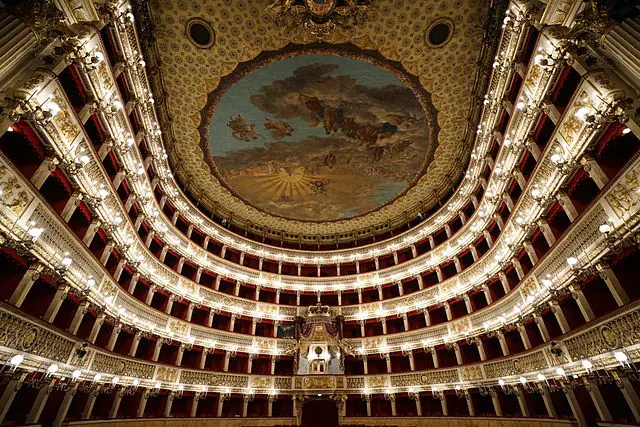
SANTA MARIA DEL PIANTO
Cemetery Santa Maria del Pianto
Enricos Caruso’s grave
When Caruso died, King Vittorio Emanuele III opened the royal church of San Francesco di Paola and Caruso was laid out there. Hundreds of thousands lined the path to his grave on August 19, and the facades of houses were covered with black cloths. He is buried in a private chapel of the Santa Maria del Pianto cemetery.
Burial place:
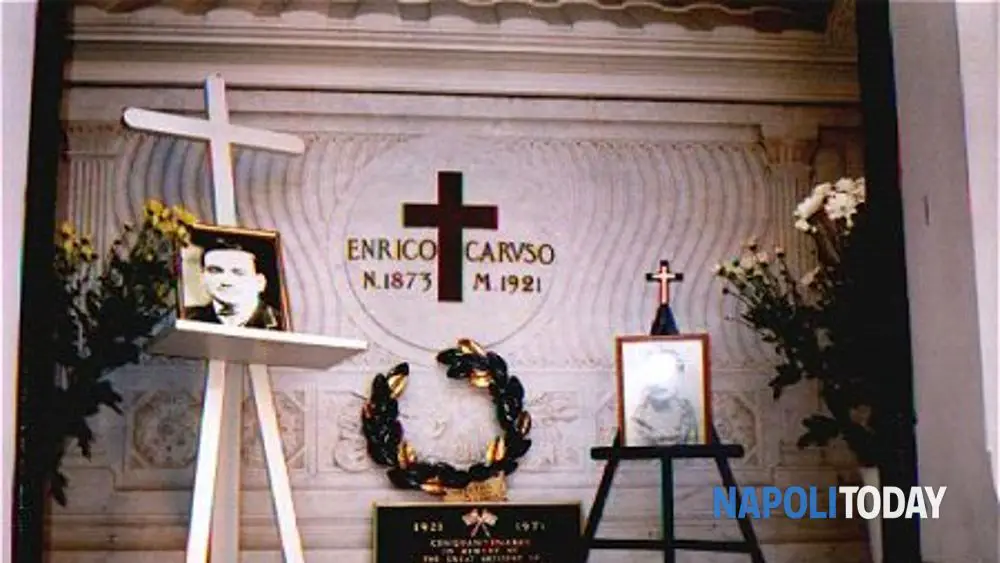
MUSEUMS AND GARDENS
Isis Temple in Pompeji
Mozart’s Visit:
When visiting Pompeii, Mozart was particularly impressed by the Temple of Isis, which had been uncovered 10 years earlier and is until now one of the best preserved buildings. During the composition of the Magic Flute, the images of this temple came back and the memories had a decisive influence on the visual design of Sarastro’s sacred halls, which perfectly matched the Egyptian cult of the Freemasons.
Isis Temple:
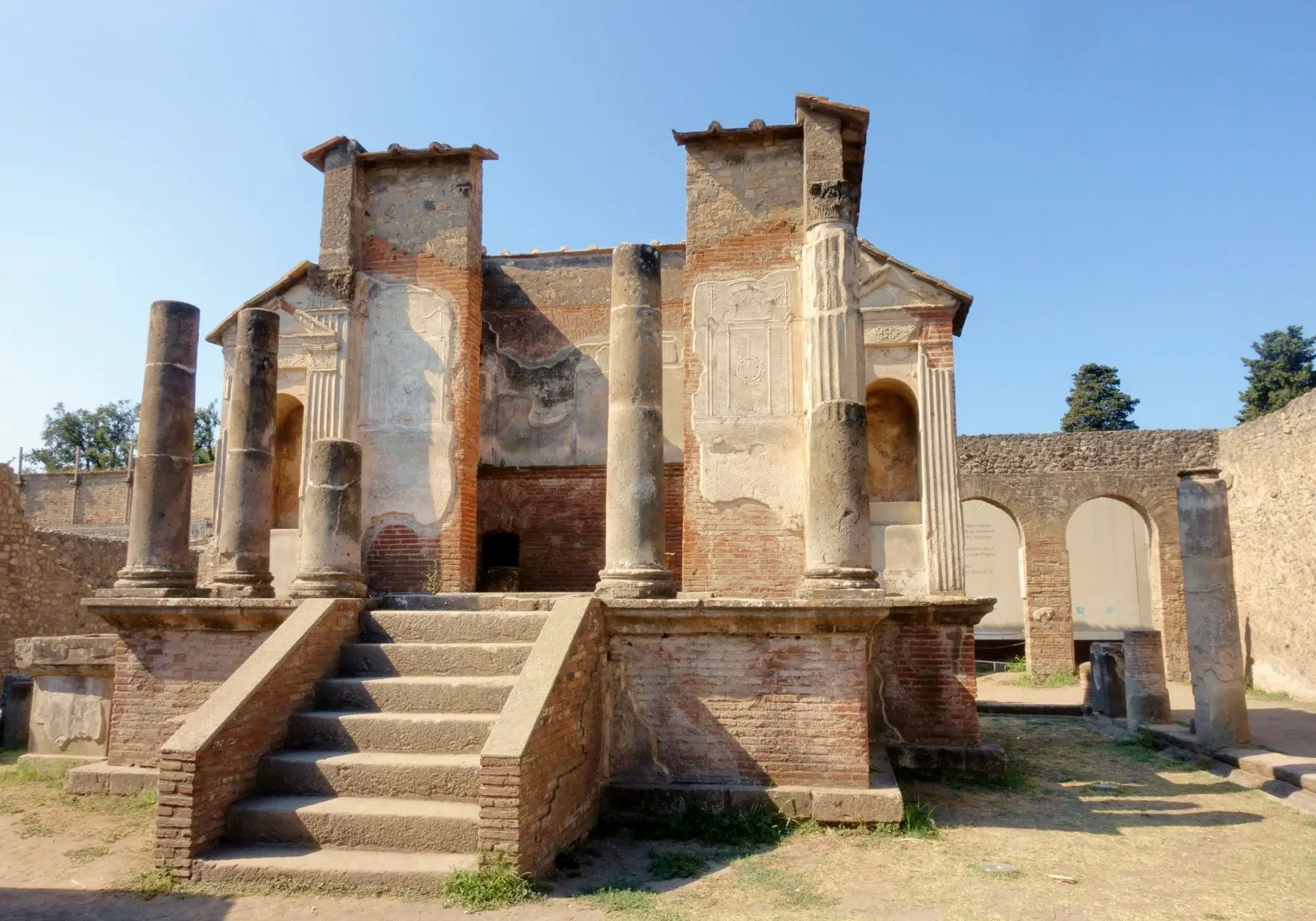
Villa Rufolo in Ravello
The visit to Ravello on the Amalfi Coast in the garden of Palazzo Rufolo inspired him to create Klingsor’s garden (“I have found the magic garden of Klingsor!”) for his “Parsifal“. This beautifully situated spot can be visited and the gardens are in great shape.
Villa Rufolo:
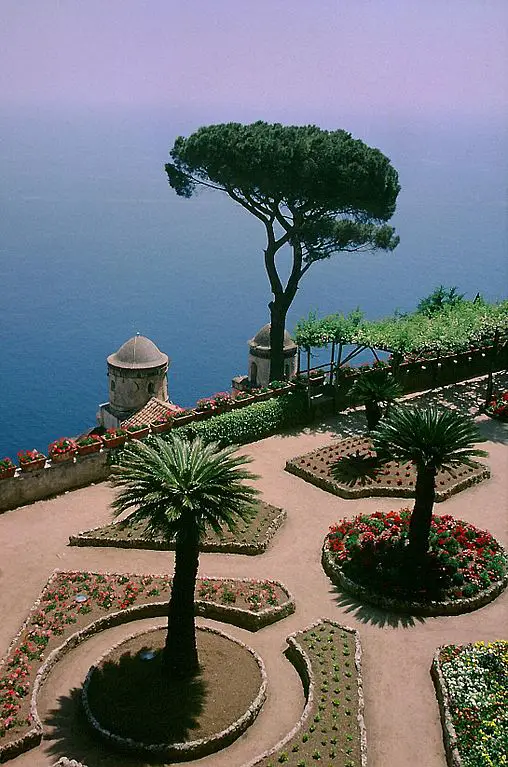
HOUSES AND APARTMENTS OF ARTISTS
Palazzo Barbaja
Rossini:
In the busy pedestrian street Via Toledo was in number 205 the Palazzo Barbaja in which Rossini lived for a long time. The facade is still more or less original. An anecdote says that Barbaja once locked Rossini in the palazzo so that the tardy Rossini could finish writing his “Otello”, which was five months behind schedule. The house today offers store space on the first floor and apartments upstairs.
Palazzo Barbaja:
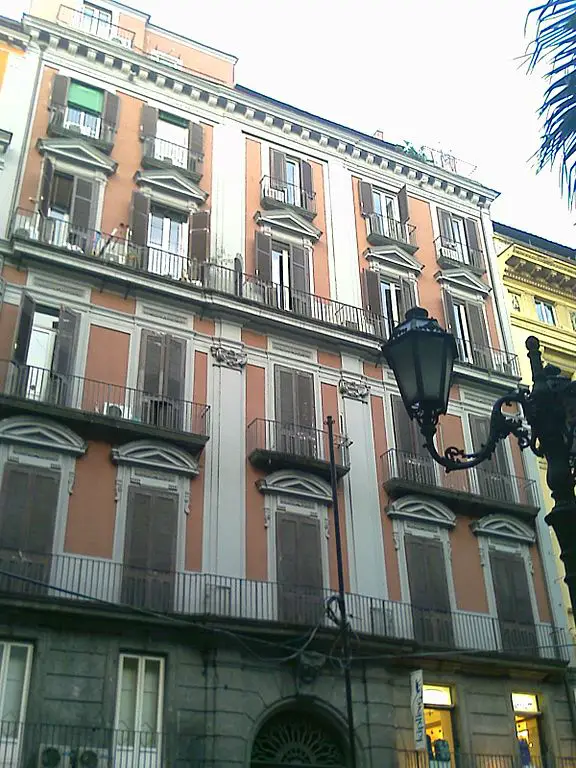
Palazzo Barbaja
Donizetti and the tragic defenestration of Naples:
In this house, the former Palazzo Barbaja, a bang in opera history occurred on March 8, 1839: the famous French tenor Adolphe Nourrit threw himself to his death from the window. He had come to Naples to sing the leading role in Donizetti’s new opera “Poliuto”, driven out by the new star in the Paris Opera sky the tenor Gilbert Duprez. Duprez was the first tenor to sing a high C from the chest, redefining the role of the heroic tenor. Nourrit, who sang high C from the falsetto, suffered badly from being out-of-fashion in Paris and tried to readjust his voice in Naples. But the Birthplace offailed and he ruined his voice, possibly also because of his excessive drinking. When Neapolitan censors banned “Poliuto”, Nourrit’s hopes for a comeback vanished. Donizetti left in a huff and brought “Poliuto” to the stage in Paris, with … Duprez in the leading role. It was all too much for Nourrit and he called it a day at Palazzo Barbaja, in the busy Via Toledo, jumping out of the window.
Adolphe Nourrit:
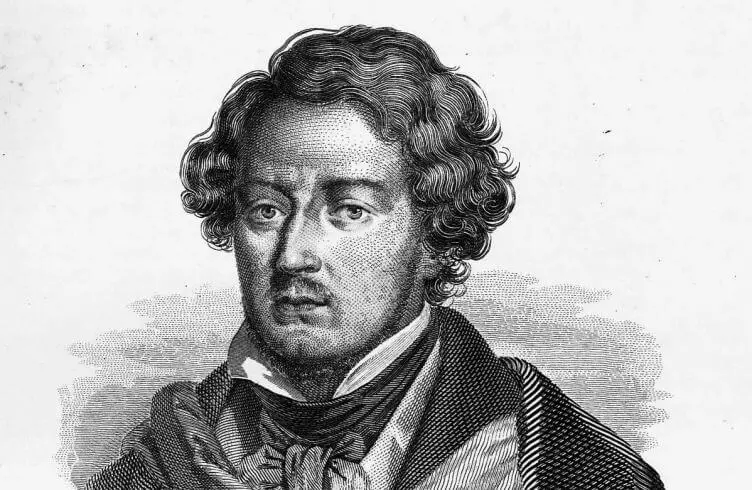
Birthplace of Enrico Caruso Via Santi Giovanni e Paolo 7
The house where Caruso was born is still standing. It is still a residence and efforts are underway to purchase the house and convert it into a birthplace.
Birthplace:
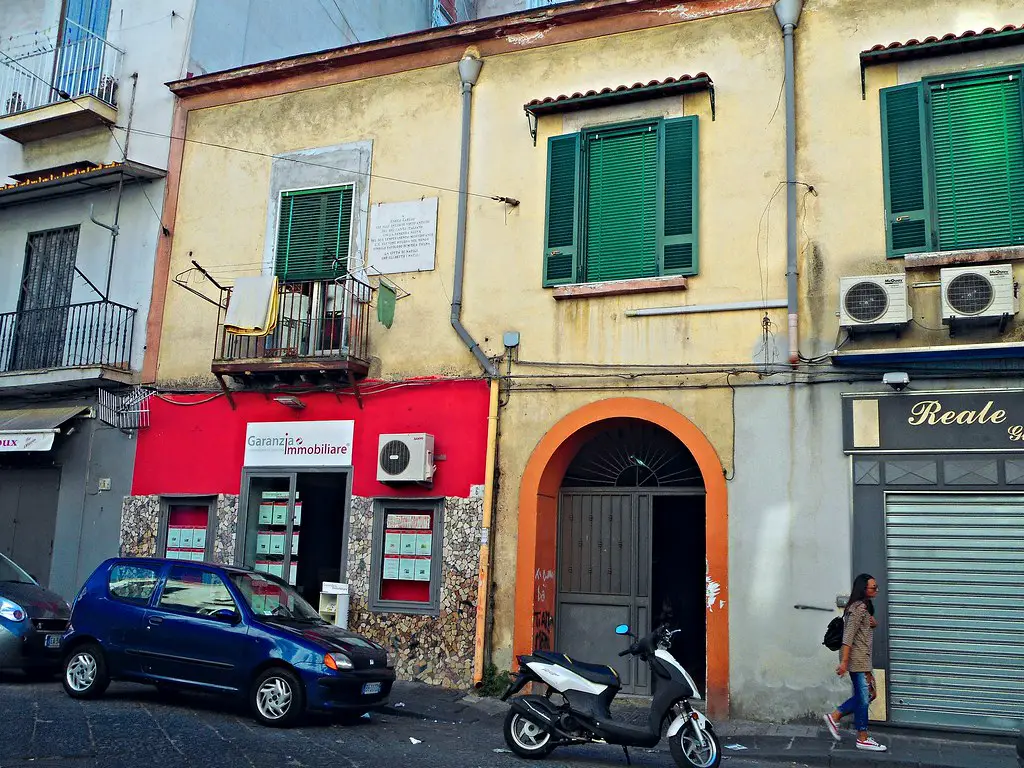
A small bust is located 50 meters away:
[av_image src=’https://opera-inside.com/wp-content/uploads/2021/03/Caruso-Buste-bust-Napoli-Naples-Enrico-Caruso-Travel-Reisen-Culture-Tourism.jpg’ attachment=’17289′ attachment_size=’full’ align=’center’ styling=” hover=” link=” target=” caption=” font_size=” appearance=” overlay_opacity=’0.4′ overlay_color=’#000000′ overlay_text_color=’#ffffff’ copyright=” animation=’no-animation’ av_uid=’av-1x92zo’ admin_previe
Donizetti Apartment at Via Nardones
Donizetti lived in various places in Naples, a commemorative plaque is located at a residence of the year 1837 on Via Nardones 14.
Commemorative plaque of Donizetti:
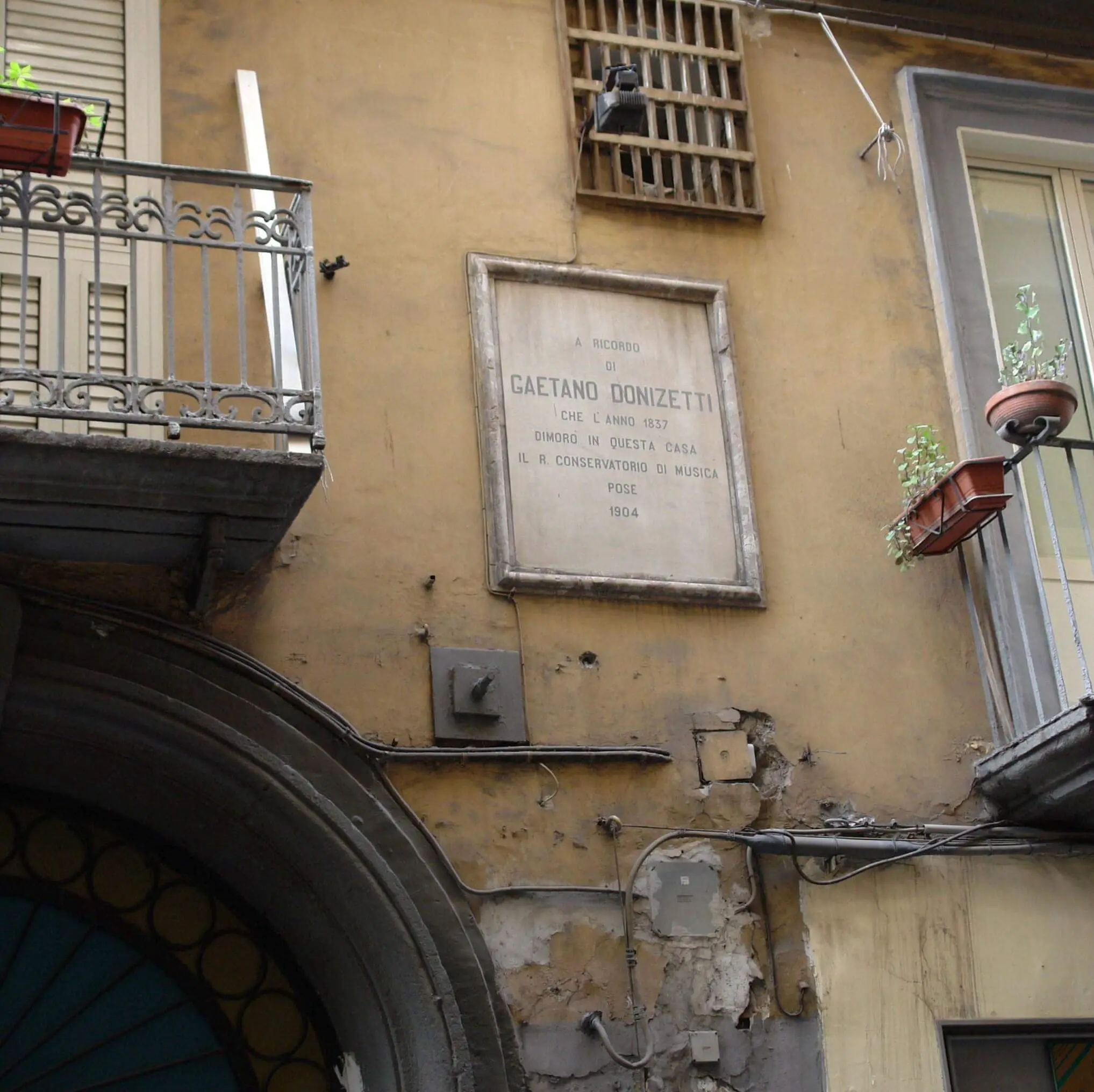
EXCELSIOR SORRENTO
Gran Hotel Excelsior Sorrento
Richard Wagner in the Hotel Excelsior:
In 1877 Wagner stayed at this hotel with Cosima and met for the last time with Nietzsche, who resided not far away. Later, celebrities such as Enrico Caruso, Jack Lemmon, Marilyn Monroe, Luciano Pavarotti, Sophia Loren and Lucio Dalla also stayed at this elegant hotel.
Grand hotel Vittoria:
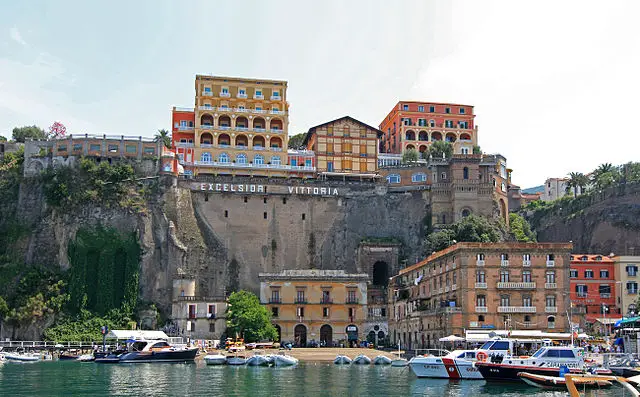
Gran Hotel Excelsior Sorrento
Caruso spent most of his singer career in the USA, but returned regularly to Naples. For the last time in 1921, where he visited the region for a recreational vacation. He first spent a few days at the Gran Hotel Excelsior in Sorrento. When he suffered a relapse, it was too late for a transfer to the hospital in Rome and Caruso died of blood poisoning at the Hotel Vesuvio at the age of 48.
Caruso in the Excelsior Sorrento:
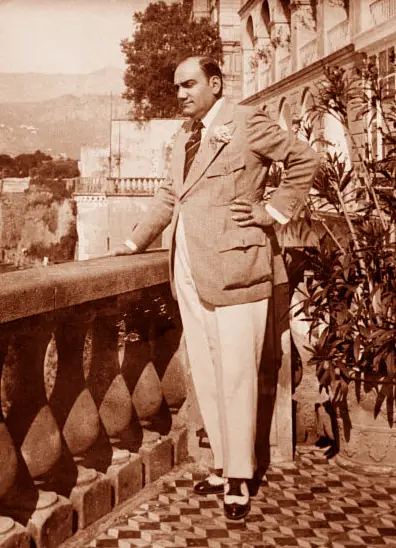
BELLINI MONUMENT
Bellini Monument
The monument, which stands in Bellini Square, was erected in 1886. Originally, in the niches of the pedestal were the busts of his four opera heroines Norma, Giulietta (“I Capuleti e i Montecchi”), Amina (“La sonnambula”) and Elvira (“I puritani”). Unfortunately, they were stolen many years ago and have never reappeared.
Bellini Statue:
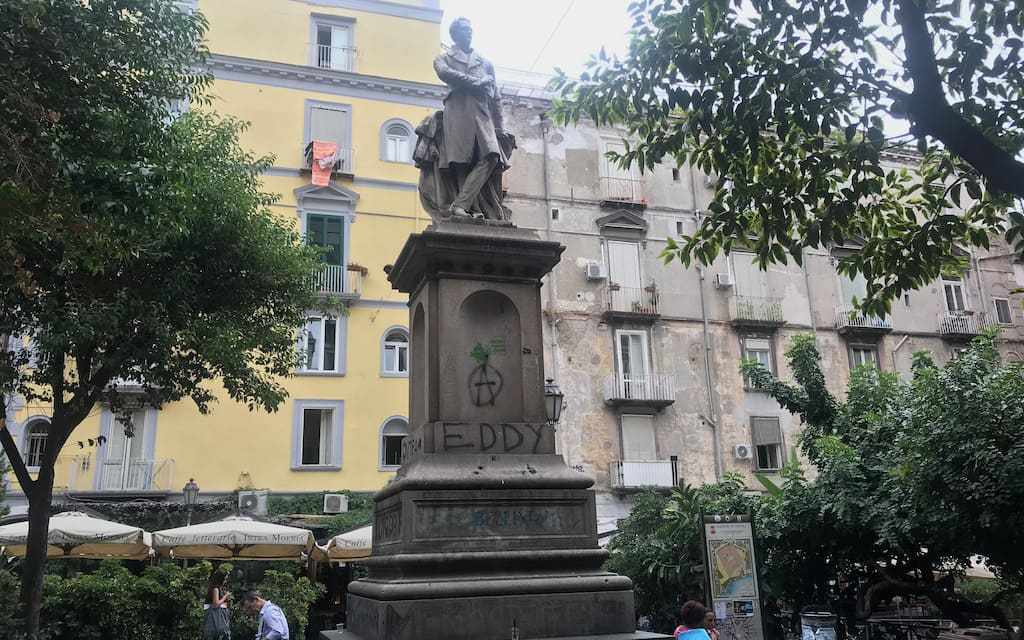
WORKS WITH A RELATION NAPLES
Perhaps the most famous Neapolitan canzone
It is about a young man who accuses a girl with the name Caterina (Catarí, Catarí) of being ungrateful (ngrato) because she does not return his love. It is possible that the song was even written on commission by Caruso.
Opera in the shadow of cholera - Elisir d-amore by Donizetti
Naples and cholera go together. Even in 1973, there was still an outbreak in Naples. In 1832, Donizetti wrote his “Elisir d’amore” in Naples and Milan. Superficially, this comedy is about a Tristan persiflage, but it was clear to contemporary theatergoers that cholera plays a role in this opera. Red wine and the “Solanum Dulcamara” (a nightshade plant) were common remedies in the fight against cholera. So it is no coincidence that a certain Dr. Dulcamara sells a bottle of wine to the gullible Nemorino. An ambiguous comedy with a serious background.
Listen and see the performance of Dr. Dulcamara from Elisir d’amore stunningly sung by Enzo Dara.
The garden of Klingsor - inspired by the Villa Rufolo
In Klingso’s garden, flower maidens try to seduce Parsifal. Klingsor had sent them out to steal Parsifal’s chastity. But Parsifal fends off the flower maidens, who try to lure the young man with beguiling song.
Mozart and Freemasonry in the Magic Flute
Mozart had joined a Viennese lodge in 1784 and thus became the lodge brother of Emanuel Schikaneder. Mozart was an active lodge brother and knew their rituals. He identified himself with the message of the Freemasons, which was influenced by the Enlightenment, in which man has to go through a purification process in which light (Sarastro) defeats the dark (Queen of the Night). The morality of the final chorus “Strength conquers and crowns with its rewards, beauty and wisdom with an eternal crown” corresponds almost literally to a moral text of the Freemasons. To underline the importance of this theme, we hear the three famous chords right at the beginning as an opening fanfare in the Overture. The number “three” plays an important role in this opera as well as in freemasonry.
Hear from the Magic flute Sarastro’s In diesen heiligen Hallen:

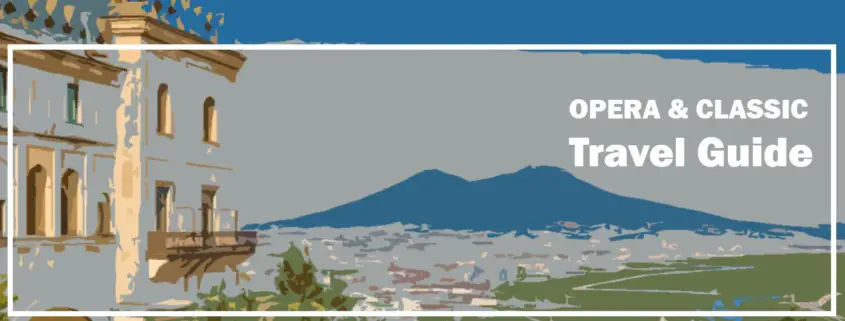

Leave a Reply
Want to join the discussion?Feel free to contribute!